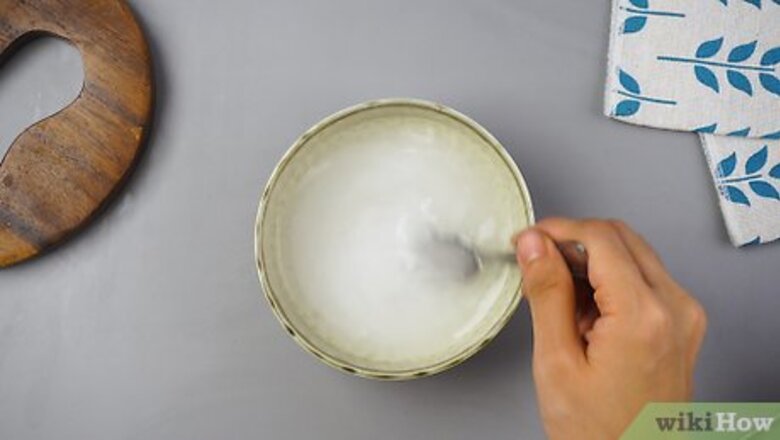
views
Using Cream of Tartar
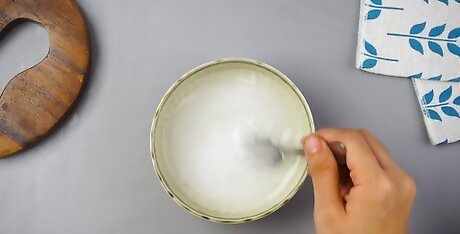
Mix cream of tartar with water. Cream of tartar, also known as potassium bitartrate, is a byproduct of wine-making and has many household applications as a cleaner. Mix together equal parts cream of tartar and warm water to form a paste.
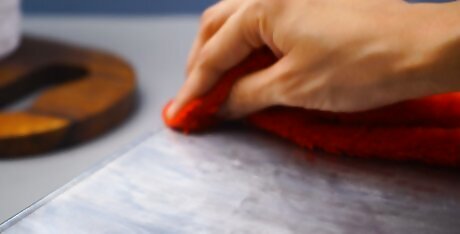
Apply the product to the aluminum. Work the cream of tartar onto the aluminum using a soft cloth. Apply the product using small circular motions. If cleaning an aluminum pot or pan, simply boil water and add 1 tablespoon of cream of tartar in the pot or pan. Let the mixture boil for 10 minutes, then dump out the cream of tartar mixture, allow the item to cool, and rinse it well.
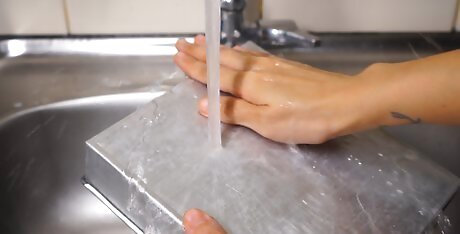
Rinse the aluminum with water. After applying the cream of tartar to the aluminum, you’ll need to rinse the item well. Be sure to remove all of the cream of tartar, so pay special attention to crevices, handles, edges, and the like.
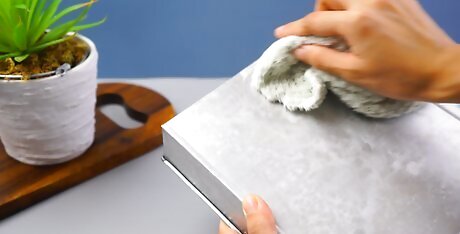
Dry the item. Use a clean, soft cloth, such as a microfiber towel, to dry the item after rinsing. Be sure to get any errant drips, as they will leave water marks if not dried completely.
Using Aluminum Polish
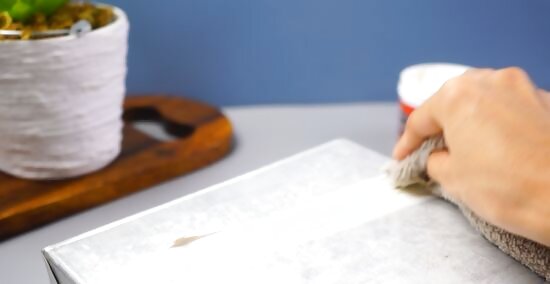
Apply aluminum polish. Use a soft cloth to apply aluminum polish to the piece. Wipe it on using small, circular motions. Do not use aluminum polish on pots, pans, or cookware -- even if you plan to wash the item after -- as it should never be ingested.
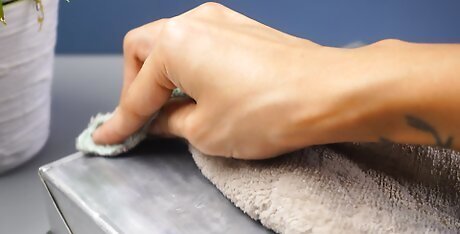
Remove the polish with a soft cloth. After applying aluminum polish to your item, wipe the residue off the aluminum with a clean, soft cloth. Pay special attention to handles, crevices, and etchings to be sure to remove all traces of the aluminum polish.
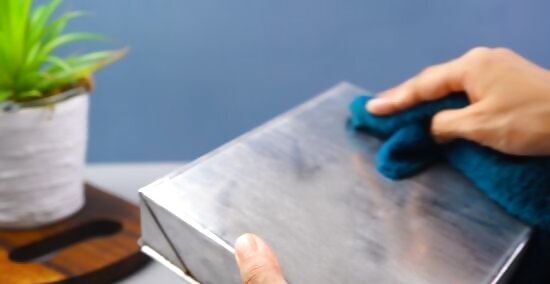
Buff the item. Once you remove all the polish, you’ll want to buff the item to restore the shine. Choose a new, clean, soft cloth to do your buffing. Buff using small, circular motions in the same way you applied and removed the aluminum polish.
Polishing Aluminum Sheet Metal
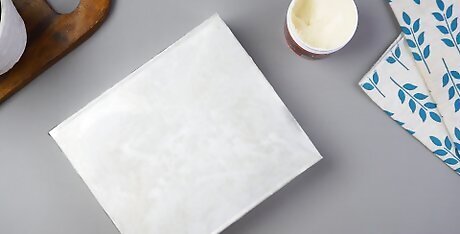
Begin with clean sheet metal. Use soap and water to clean off any debris or dust on the sheet metal. Rinse the item with clean water and dry it with a soft cloth.
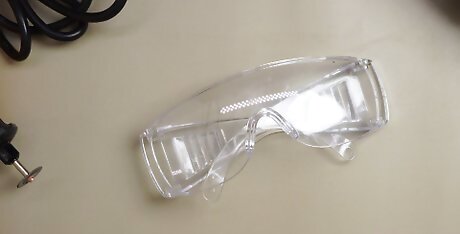
Apply protective eye-wear and a mask. You should always protect your eyes and the rest of your face from the machines you're using. These measures are also necessary to keep dust and polish out of your eyes, nose, and mouth.
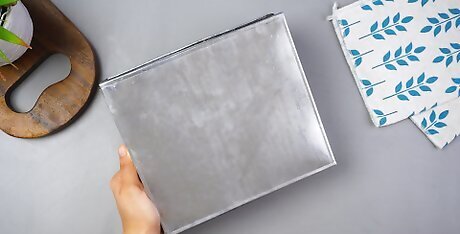
Sand the sheet metal. In order to get a mirror finish on your car, boat, or aluminum panels, you're going to need to do some sanding. Begin sanding with a medium grit sandpaper and work your way up to finer sandpaper. While it's possible to sand the aluminum by hand, using a sanding machine will make your job incredibly easier. For a quick polish, start with 400-grit sandpaper and give the entire area a good sanding. Then use an 800-grit sandpaper and give the area another good once-over. For a thorough polish, start with 120 grit and move up to 240, 320, 400, and finally, 600-grit.
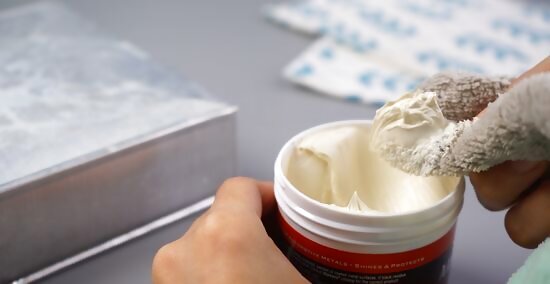
Apply a cutting compound to your buffing tool. Before buffing, apply a cutting compound to the buffing tool. The cutting compound protects the metal and gives it a nice shine. Read the instructions on the package to determine which compound to use for your project. In general, you can start with a firm wheel and a brown compound to do your initial polishing, then choose a softer wheel and a rouge (red) compound to get a high shine and smooth finish.
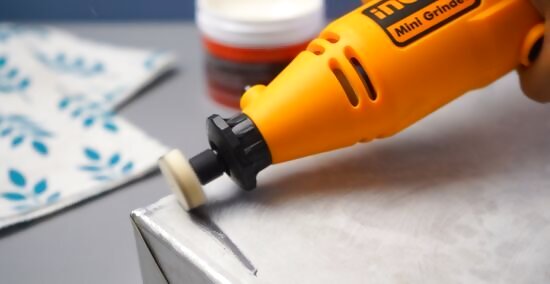
Use a rotating buffing tool to buff the aluminum. A cotton buffing tool works well for aluminum. Use circular motions to buff the sheet metal. Follow the instructions in the manual and exercise caution when using the buffing tool.
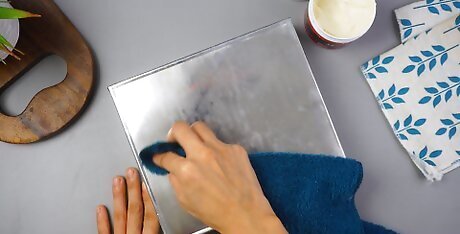
Wipe off any traces of compound. Use a soft, clean cloth to remove the compound residue from the aluminum. Wipe until a mirror finish is achieved.
Cleaning Aluminum
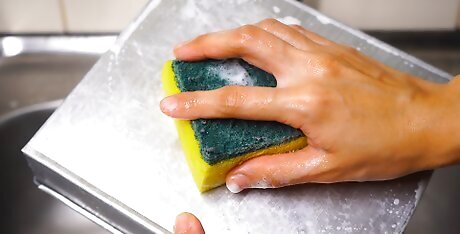
Wash the aluminum with dish soap and water. Wet your aluminum with water, then add a small squirt of dish soap to a rag or sponge. Use the sponge or rag to clean off any grime, dirt, food, etc. that is attached to the aluminum.
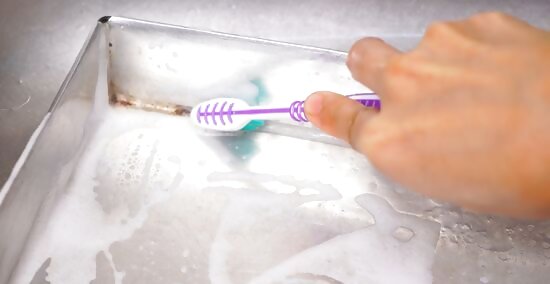
Use a soft-bristled toothbrush to clean indentations in the aluminum. If the item you are cleaning has etchings or other designs, you can use a soft-bristled toothbrush or scrubber to clean the grime out of the recessed areas.
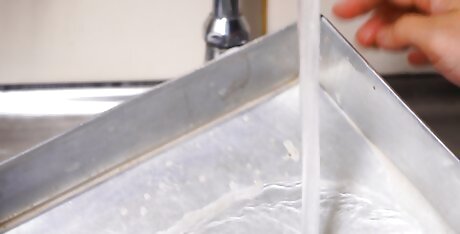
Rinse the item thoroughly. Rinse the item under the faucet to clean off any remaining soap or debris. You could also dunk your item in a large bucket of clean water, or spray it with the hose if it is too big to fit in the sink.














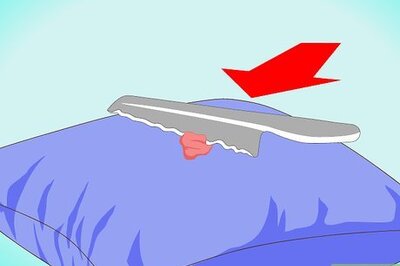

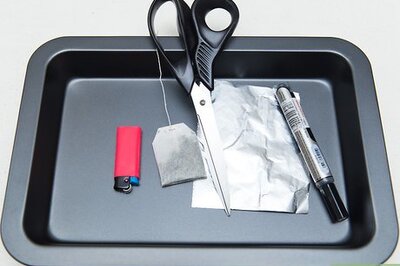



Comments
0 comment